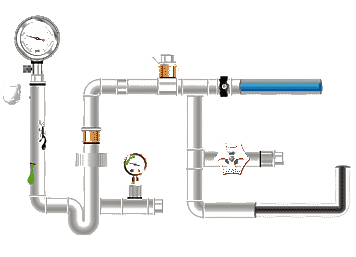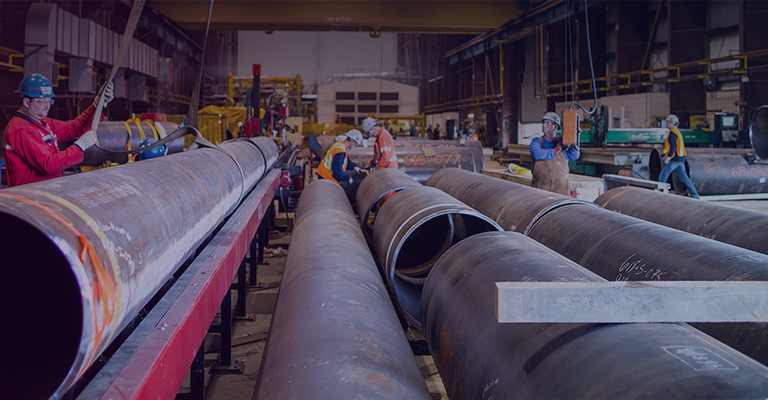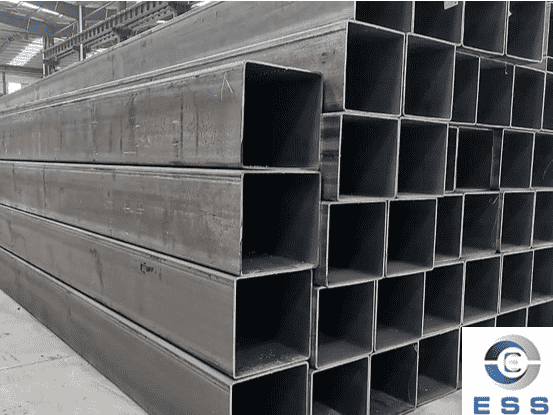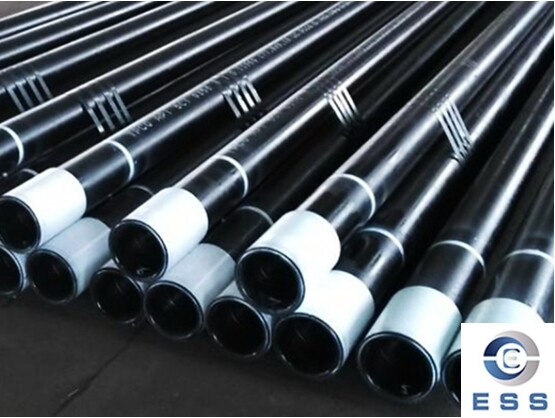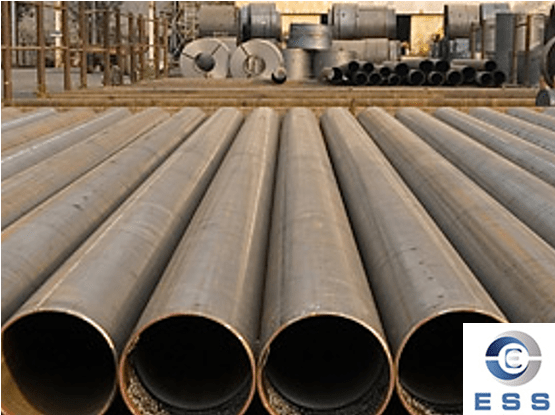
In the oil and gas industry, OCTG pipe is the
backbone of drilling and extraction operations. With so many options on the
market, have you ever been confused by the various standards such as API, ISO
and DIN? What are the differences between these OCTG pipes? How do you choose
the right OCTG pipe for your needs?
API, ISO, DIN – Which standard is better?
1. API standard (American Petroleum
Institute)
As the most widely recognized standard in
the global oil and gas industry, API is known for its practicality and
reliability. API 5CT is the preferred specification for OCTG pipes, covering
the dimensions, materials and mechanical properties of casing pipe, tubing and drill pipe.
2. ISO standard (International Organization
for Standardization)
ISO aims to achieve global standardization,
and many of its oil and gas standards are derived from API with some
modifications. For example, ISO 11960 is equivalent to API 5CT, but contains
some minor technical differences.
3. DIN standard (German Institute for
Standardization)
DIN has a significant influence in the
European market. Its oil and gas standards often refer to API, but emphasize
more stringent details. For example, DIN EN ISO 11960 is consistent with ISO
11960, but adds supplementary requirements.
What are the main differences between
the standards?
Although API, ISO and DIN standards all
define the basic requirements of OCTG pipes, such as dimensions, materials and
mechanical properties, there are subtle differences:
1. Dimensions and tolerances
Different standards may have different
provisions for the dimensions of OCTG pipes such as outer diameter, wall
thickness, length and their allowable deviations.
2. Material requirements
Different standards may have different
requirements for the chemical composition, mechanical properties, heat
treatment process, etc. of OCTG pipes.
3. Testing and inspection
Different standards may have different
provisions for the inspection items, test methods, and qualification standards
of OCTG pipes.
4. Marking and documentation
Different standards may have different
provisions for the marking method, document requirements, etc. of OCTG pipes.
How to choose the right oil well pipe
standard?
1. Target market
Different regions and markets have
different standard requirements for OCTG pipes. For example, the North American
market mainly adopts API standards, while the European market prefers DIN
standards.
2. Project requirements
Different oil and gas field development
projects may have specific requirements for OCTG pipe standards. For example,
some deep-sea projects may require more stringent material properties and
inspection standards.
3. Cost considerations
OCTG pipes of different standards may
differ in price, and factors such as cost and performance need to be considered
comprehensively.
Read more: API 5CT Standard OCTG Pipe









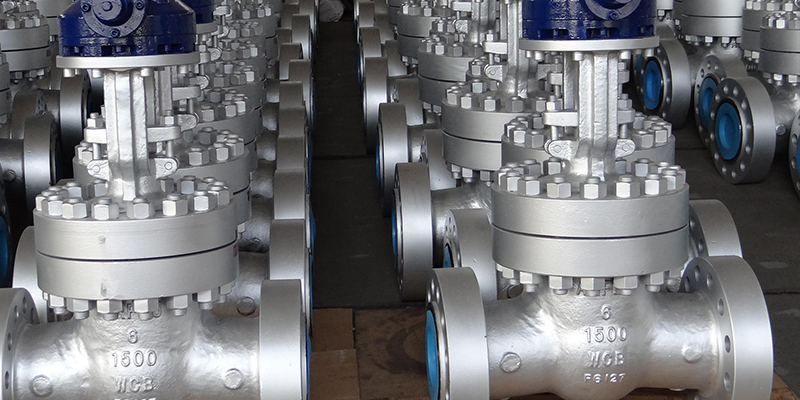
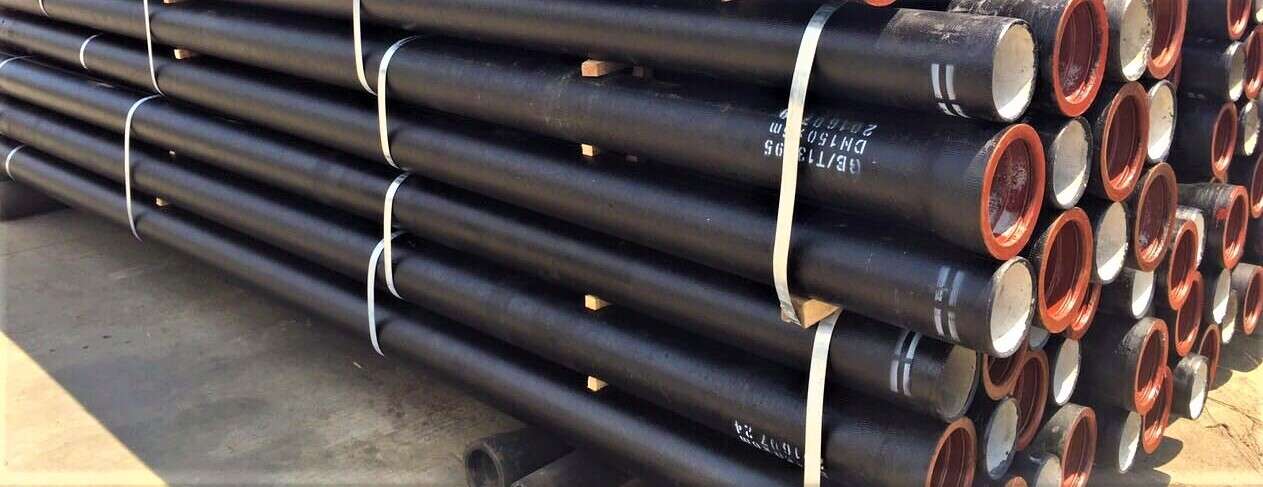


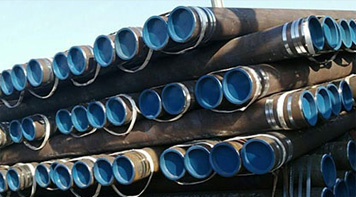 Eastern Steel Manufacturing Co.,Ltd not only improve product production and sales services, but also provide additional value-added services. As long as you need, we can complete your specific needs together.
Eastern Steel Manufacturing Co.,Ltd not only improve product production and sales services, but also provide additional value-added services. As long as you need, we can complete your specific needs together.
